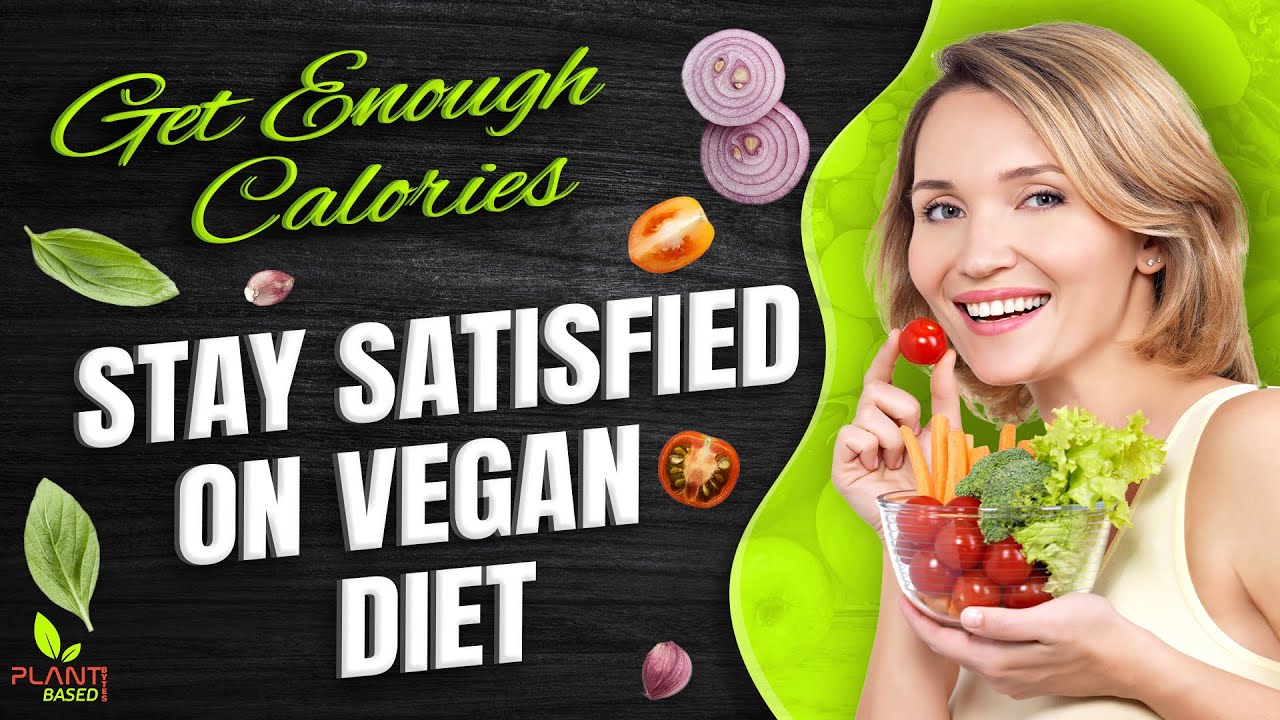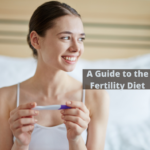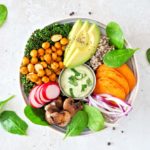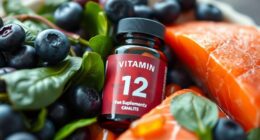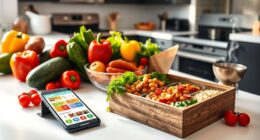Switching to a raw vegan diet can benefit many people, but it’s essential to ensure you are getting all the essential nutrients. It’s particularly important to confirm your diet is rich in protein, calcium, iron, zinc, vitamin A, omega-3 fatty acids, and vitamins B12 and D from foods.
Cooking food can reduce its nutrient density and cause water-soluble vitamins to leach out of vegetables (especially when boiled). This makes it harder for you to reap all of the nutritional rewards from your diet.
Fruits and Vegetables
Eating enough nutrition on a raw vegan diet is essential for maintaining good health. A raw vegan diet offers an ideal opportunity to increase your servings of fruits and vegetables, packed with vital nutrients and antioxidants that fight harmful toxins that can harm cells or cause inflammation and other illnesses.
Eating various fruits and vegetables helps your body get more essential nutrients. Not only that, but it also gives your meals an eye-catching appearance as well as adding diversity to the beneficial plant chemicals found within you.
Aim to consume at least five servings daily to guarantee you get enough fruit and vegetables in your diet.
These foods can be enjoyed in many ways, such as smoothies, juices and salads. You may even use them as garnishes, toppings or desserts.
Raw vegans are encouraged to hydrate with plenty of fresh fruits and vegetables, in addition to the obvious health advantages from eating plenty of produce. Water also aids detoxification as it contains potassium which may lower blood pressure.
According to Harvard T.H. Chan School of Public Health, a raw vegan diet may reduce the risk of heart disease and stroke by 30%.
Vegetables and fruits differ in terms of their amounts of vitamins, minerals, and fiber content. For instance, while broccoli has fewer vitamin C than fresh spinach or red peppers, it still boasts higher amounts of vitamins A and K and fiber.
Whole Grains
If you’re thinking about trying a raw vegan diet, it is essential to ensure you get enough nutrition. Not only will this help you reach your weight goals, but it may also reduce the risk of chronic illnesses like heart disease and diabetes.
To get all the nutrients you need on a raw vegan diet, make sure you include plenty of fruits and vegetables, whole grains, nuts and seeds, healthy fats and protein in your meals. These are excellent sources of essential vitamins, minerals, and phytonutrients, which may provide additional advantages.
On a raw vegan diet, it’s beneficial to include sprouted legumes as they are high in fiber and an excellent source of protein. These legumes can be enjoyed on their own, steamed or cooked into dishes such as salads, “sushi” dishes and lettuce wraps.
Another way to boost the nutritional value of grains on a raw vegan diet is by soaking and then sprouting them. This process adds numerous essential vitamins and makes them easier to digest.
By adding sprouted legumes, grains and seeds to your raw vegan diet, you can ensure you meet all of your daily nutritional requirements without compromising the lifestyle you lead. Not only do these foods provide protein but they also contain iron, calcium, phosphorus, magnesium, zinc and vitamin B12 – essential nutrients which may not be easily obtained on a raw vegan diet.
If you’re uncertain of how to meet your nutritional needs on a raw vegan diet, speaking with an experienced registered dietitian could be beneficial. They can assist in creating meal plans and ensuring that you’re getting enough essential nutrients through food consumption.
Nuts and Seeds
Raw veganism focuses on fruits, vegetables, nuts and seeds as its primary sources of nutrition. But it can be challenging to know exactly which foods to include in order to get enough vital nutrients from it.
If you’re new to the raw vegan lifestyle, it is essential to monitor your nutrition. There are various nutrient-tracking apps that can assist with this task. Furthermore, having regular blood tests for any deficiencies is recommended.
One way to ensure you’re getting enough nutrients on a raw vegan diet is to plan meals ahead of time. Doing this helps guarantee that you don’t consume too many or too few nutrients in one meal, which could lead to negative consequences such as increased weight.
Regarding snacks on a raw vegan diet, nuts and seeds are an ideal choice. These contain high amounts of dietary fiber which aids digestion as well as flushing out harmful toxins.
You can also snack on trail mix made with nuts and seeds, along with additions like dried fruit or nut butter. This is an efficient way to get a nutritious dose of protein when you’re out and about or need an immediate energy boost at work.
Nuts and seeds are an integral part of vegan nutrition, providing protein, fiber, healthy fats, vitamins B6, C, E and K. Furthermore, they’re packed full of antioxidants which may reduce your risk for heart disease and other illnesses if eaten regularly.
Healthy Fats
Finding enough nutrition on a raw vegan diet can be tricky. Fortunately, there are plenty of ways to ensure your body gets all of the necessary vitamins and minerals it requires.
A nutrient tracker is one way to monitor your daily food intake. Another option is working with a registered dietitian who can assist in planning meals and making sure you get enough vitamins and minerals from food sources.
Consult with your doctor to determine if any dietary deficiencies need to be addressed. For instance, if vitamin B12 levels are low, taking supplements can help increase them.
A raw vegan diet can be an effective way to improve your overall wellbeing. It may reduce the risk of certain illnesses like heart disease, cancer and diabetes.
Eating raw vegan can also aid in weight loss and energy levels. Though some may find it challenging to stick to a raw vegan diet, others have successfully made this lifestyle change into their permanent way of eating.
To maximize the health benefits of a raw vegan diet, be sure to include plenty of whole grains, fruits, vegetables and nuts in your meals. These items are packed with fiber which helps curb appetite between meals and keep you feeling full for longer periods.
Finally, be sure to incorporate healthy fats into your meals by including avocados, coconuts, nuts and seeds in raw vegan meals. Doing this is an effective way to ensure you’re getting enough fats.
Although some may find it challenging to follow a raw vegan diet, the benefits can be immense: improved energy levels, clearer skin, and overall better wellbeing.
Protein
If you are following a raw vegan diet, it is essential that you get enough nutrition. This includes protein which plays an integral role in building muscle and maintaining a healthy weight.
On a raw vegan diet, there are several ways to ensure you are getting enough protein. Eating various protein-rich foods throughout the day is one way to achieve this; alternatively, protein powder can be added if you feel like your needs exceed what is being provided through foods eaten.
Another way to ensure you get enough protein on a vegan diet is by including foods that contain lysine. This amino acid can be difficult for vegetarians to obtain enough of, so adding it into your meal plan will be beneficial.
One way to obtain lysine is through soy-based products, such as tempeh or tofu. Additionally, many plant-based sources of protein–beans and lentils included–supply this essential nutrient.
The raw vegan diet is an ideal way to obtain essential nutrients and prevent the health issues associated with processed foods. This is because many items on a raw vegan diet are minimally processed, meaning they won’t contain any preservatives, salt or sugar added.
A raw vegan diet is low in saturated fat, making it an ideal weight-loss choice. Furthermore, this type of eating pattern contains high amounts of antioxidants which have been known to prevent diseases and reduce cancer risks; these can be found in fruits like berries, spinach, carrots, broccoli as well as other produce items.
Aurelia is the Editor-in-Chief of The Graceful Kitchen, a vegan lifestyle blog that focuses on delicious, nutritious, and ethical eating. A lifelong vegan, Aurelia is passionate about sharing her love of plant-based cuisine with others. She is a regular contributor to several online and print publications, and has been interviewed by major news outlets about the benefits of a vegan diet. In her free time, Aurelia enjoys cooking, hiking, and spending time with her cats.
